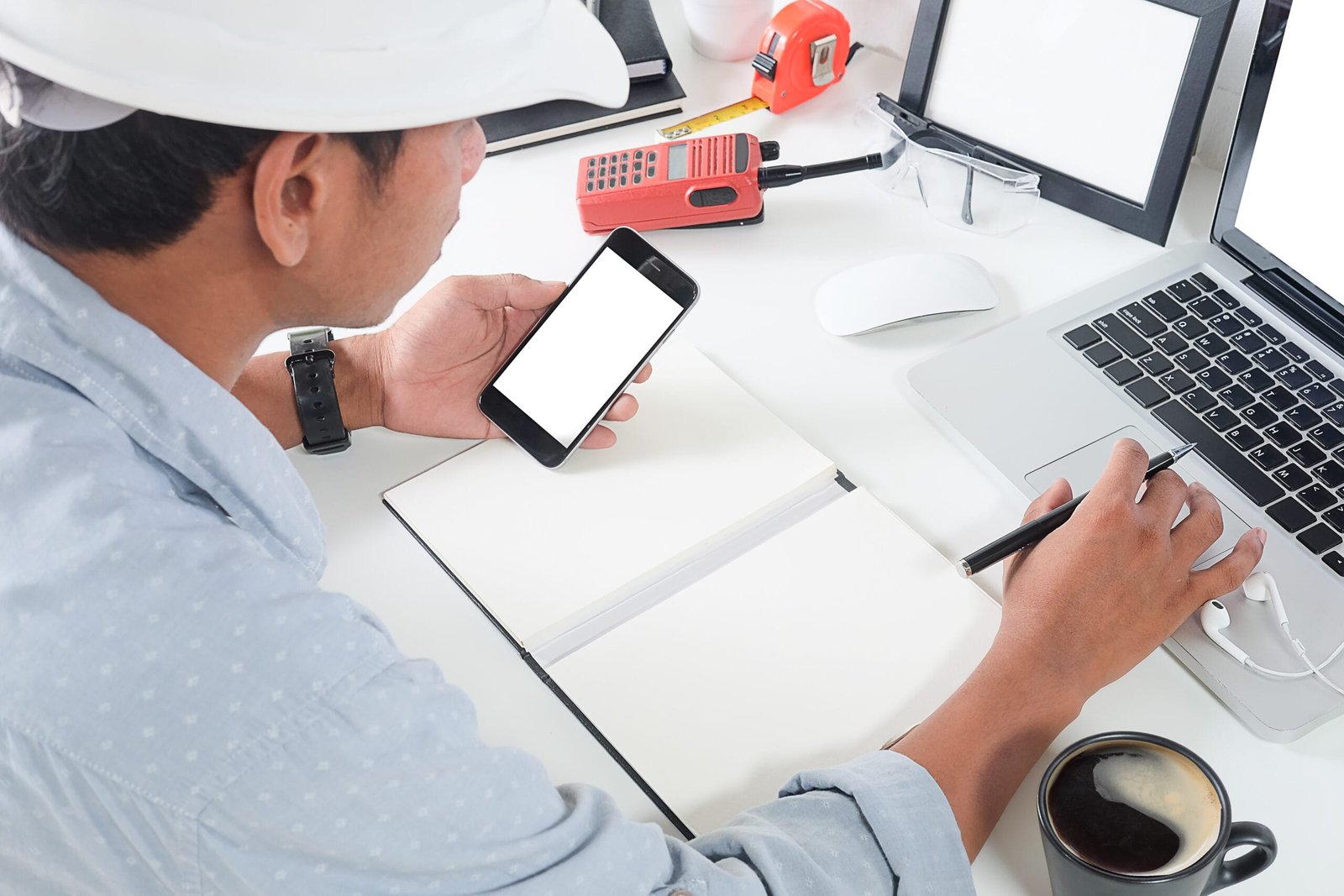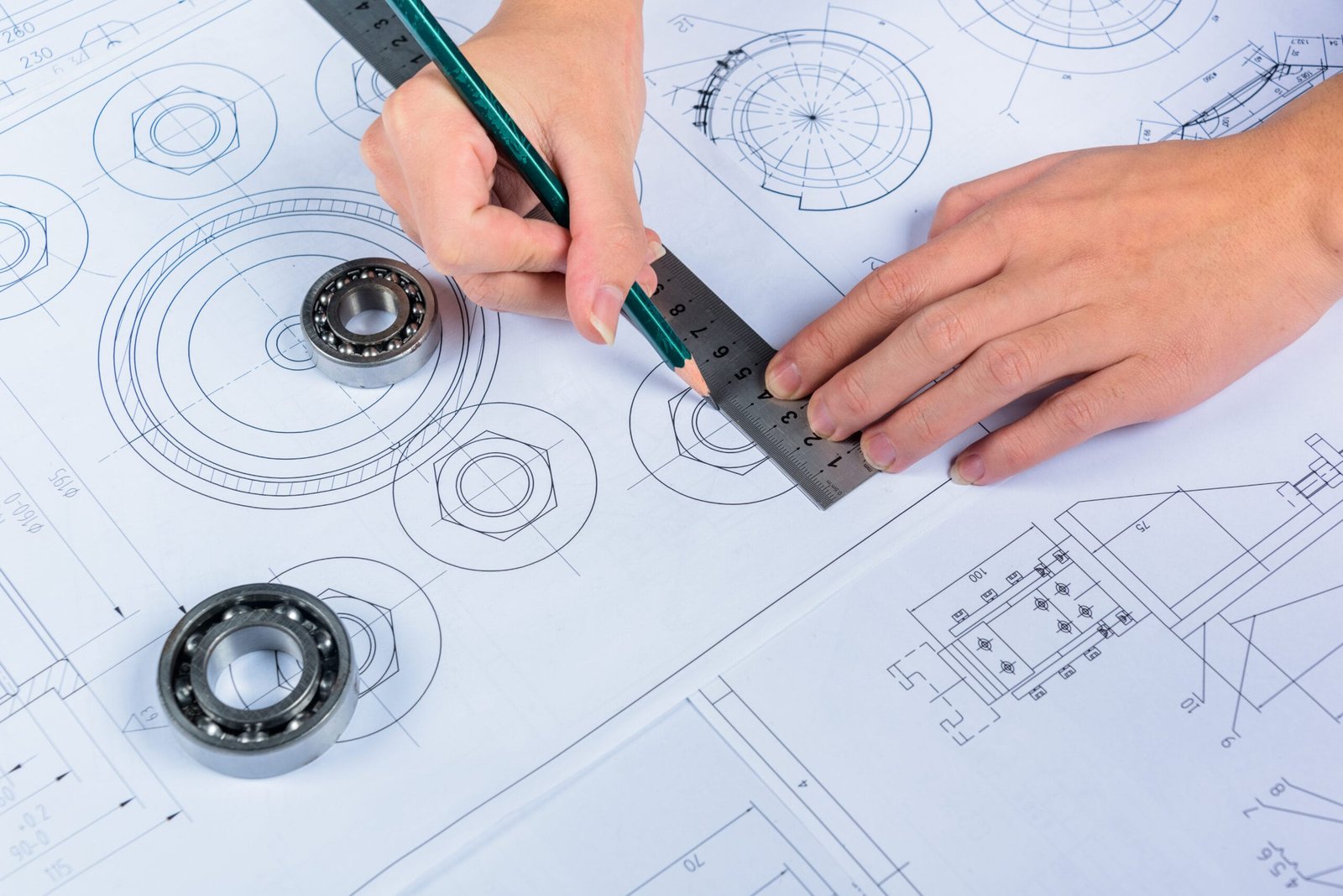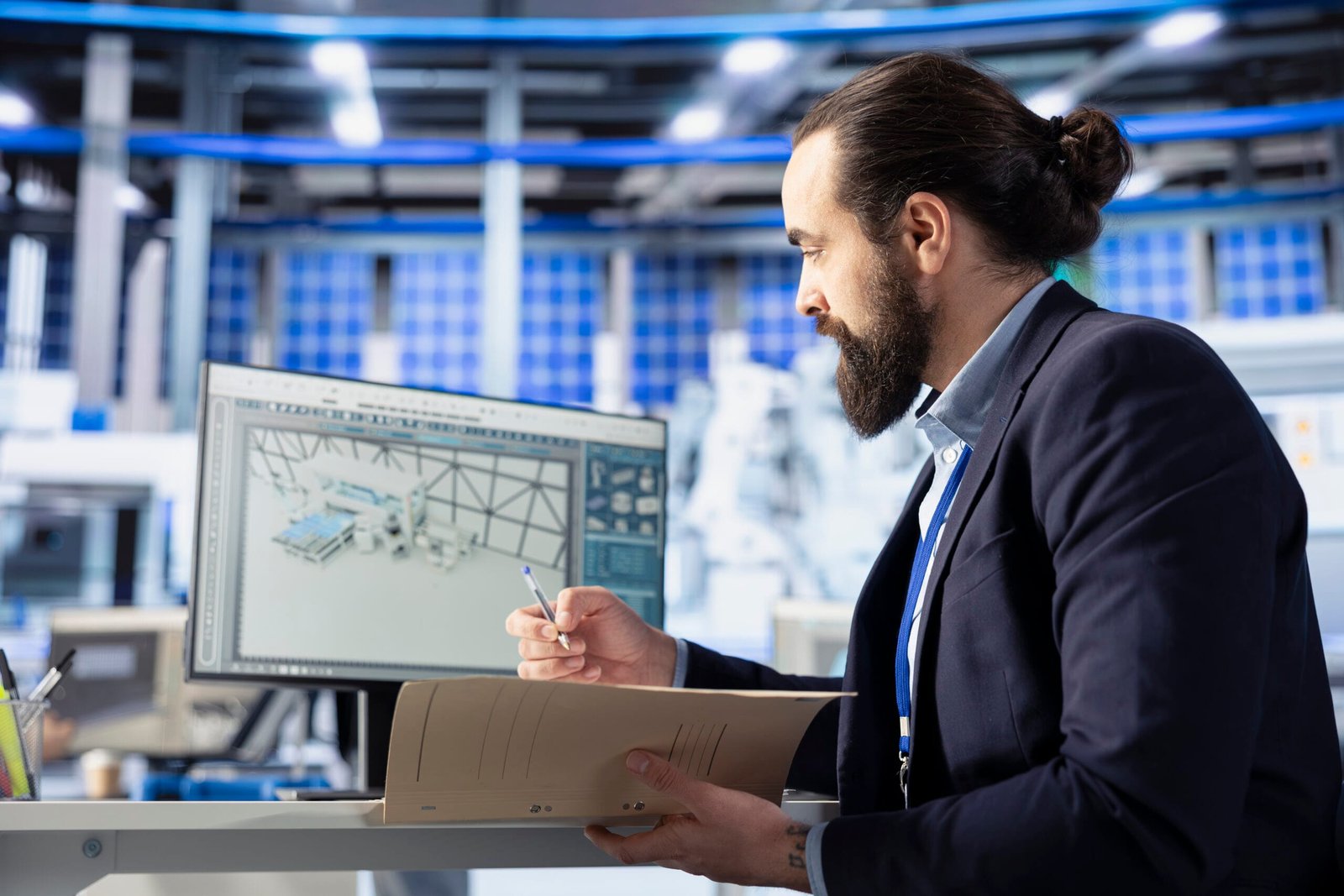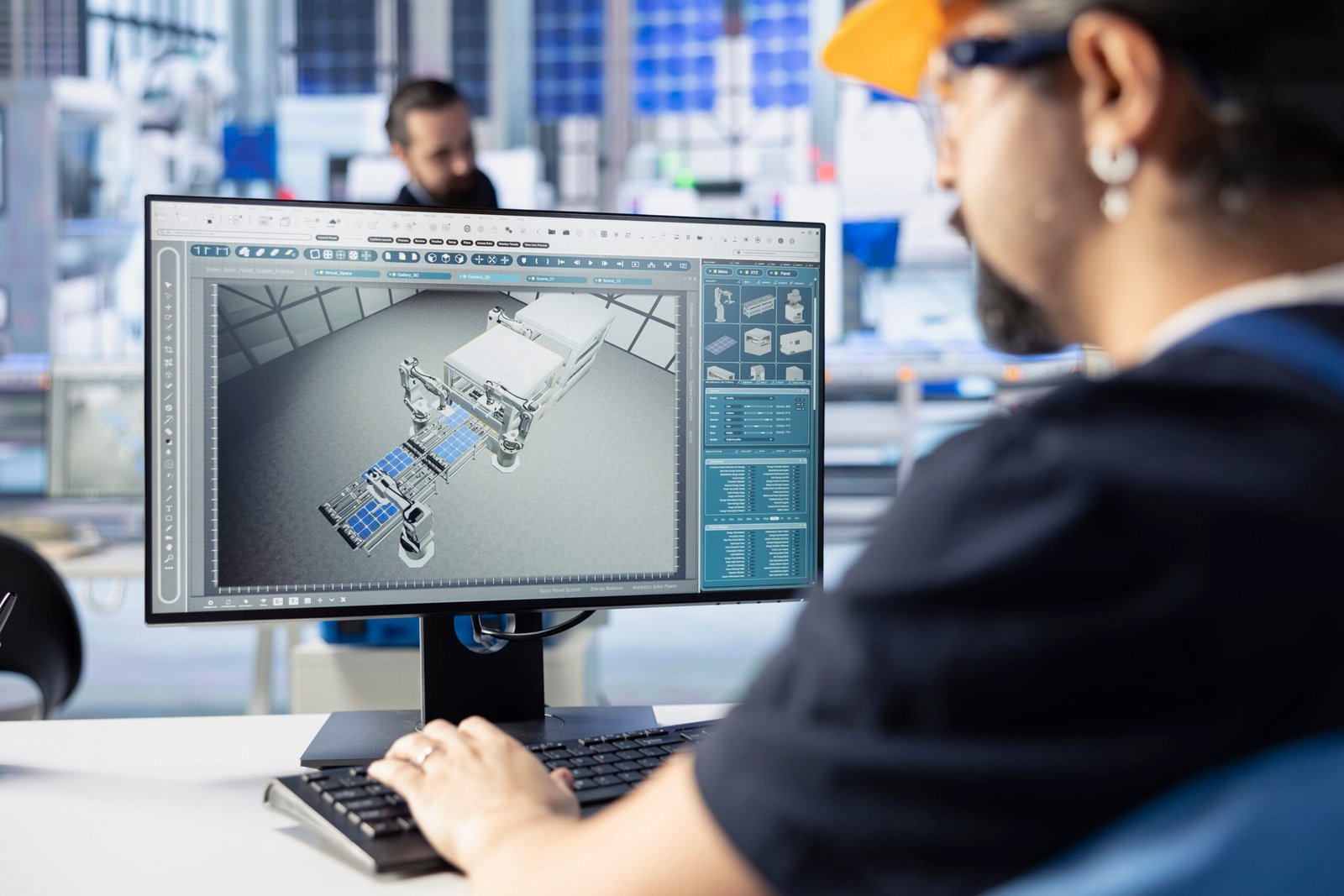Introduction
Augmented Reality (AR) is revolutionizing various industries, from gaming and retail to manufacturing and engineering. One of the most critical aspects of AR development is 3D modeling, which creates realistic and interactive digital representations of objects. DesignHok, a leader in mechanical design, 3D modeling, 3D rendering, and 2D drafting, leverages advanced 3D modeling techniques to develop high-quality models for AR applications.
As AR technology continues to grow, the demand for precise, detailed, and optimized 3D models increases. This blog explores how 3D modeling for AR applications enhances digital experiences, benefits different industries, and how DesignHok is leading the way in AR-based 3D modeling services.
Understanding 3D Modeling for AR Applications
What is 3D Modeling for AR Applications?
3D Modeling for AR Applications involves creating digital 3D objects that can be placed in a real-world environment using AR technology. These models must be optimized for performance, ensuring smooth interaction on mobile devices, AR glasses, and other platforms.
To be effective in AR, 3D models need to have:
- Realistic textures and materials
- Optimized polygon count for performance
- Accurate scaling for real-world applications
- Compatibility with AR platforms like ARKit, ARCore, and WebAR
How AR Uses 3D Models
Once created, 3D models are integrated into AR applications, allowing users to:
- Visualize products in real-time before purchasing.
- Interact with mechanical parts for educational or industrial training.
- Experience architectural designs in a real-world setting.
These applications provide a seamless blend of digital content and the physical world, making AR a valuable tool for businesses and consumers alike.
Benefits of 3D Modeling for AR Applications
1. Enhanced Visualization and Realism
Traditional 2D images and blueprints cannot provide an accurate representation of objects in real-world environments. With 3D modeling for AR, users can:
- View objects from different angles.
- Zoom in and examine intricate details.
- Place objects in real-world settings using AR devices.
For example, architects and interior designers can showcase how furniture or building structures will look before construction begins.
2. Improved User Engagement
AR experiences are more immersive than traditional methods, making them ideal for industries like:
- Retail – Customers can try products virtually before purchasing.
- Education – Students can explore interactive 3D models of historical artifacts or biological structures.
- Manufacturing – Engineers can study 3D components in detail before production.
By integrating high-quality 3D models, businesses can improve user engagement, making their products more interactive and appealing.
3. Cost Efficiency and Time Savings
Creating physical prototypes for testing is expensive and time-consuming. With 3D modeling for AR applications, companies can:
- Test designs virtually before manufacturing.
- Reduce errors in product development.
- Speed up approval processes with digital prototypes.
For mechanical engineering projects, this means fewer production delays and cost savings.
4. Compatibility Across Multiple Devices
Modern AR applications support a variety of devices, including:
- Smartphones and tablets (iOS and Android)
- AR headsets and smart glasses (Microsoft HoloLens, Magic Leap)
- Web-based AR platforms
DesignHok’s 3D Modeling for AR Applications services ensure compatibility across different AR platforms, making digital content accessible to a broader audience.
5. Revolutionizing Training and Simulation
Industries like medicine, aviation, and defense require detailed training tools. 3D models for AR help create:
- Virtual medical training for surgeons.
- Flight simulations for pilots.
- Engineering and machine maintenance training.
By using 3D models in AR, companies can provide cost-effective, risk-free, and highly interactive training experiences.
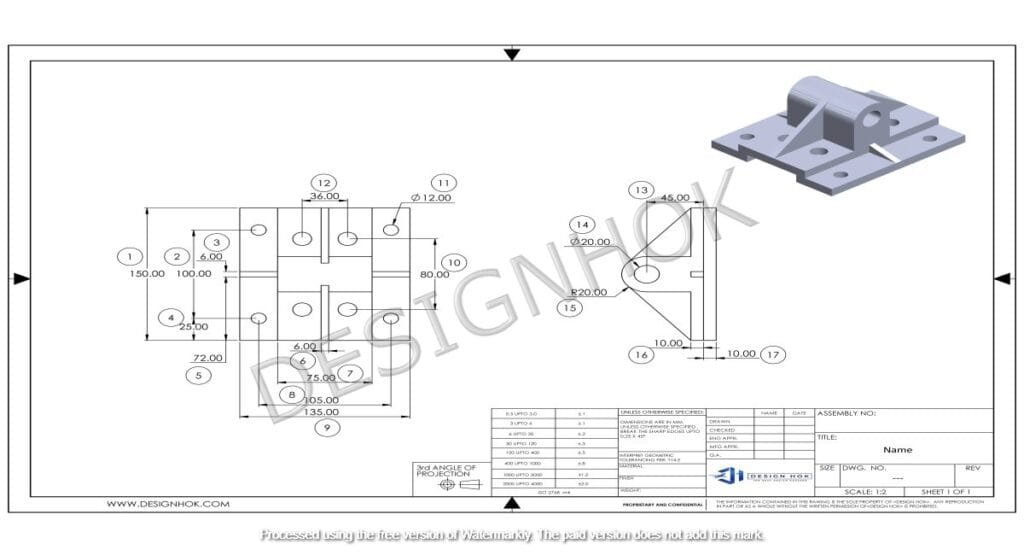
How DesignHok Creates 3D Modeling for AR Applications
At DesignHok, we specialize in creating high-quality 3D models optimized for AR applications. Our process includes:
1. Understanding Client Requirements
Before starting any 3D modeling project, we analyze:
- Purpose of the AR model (product visualization, training, marketing, etc.).
- Target AR platform (mobile, web-based, or AR glasses).
- Level of detail required (low-poly for performance, high-poly for realism).
2. 3D Modeling and Optimization
Our team uses advanced 3D modeling software like:
- Blender – For detailed modeling and texturing.
- Autodesk Maya – For high-quality animations and rendering.
- Unity and Unreal Engine – For AR compatibility and real-time rendering.
We focus on:
- Low-poly modeling for smooth AR performance.
- Texture mapping and realistic materials.
- Proper lighting and shading techniques.
3. AR Integration and Testing
After modeling, we test our 3D designs in various AR platforms, ensuring:
- Smooth performance across devices.
- No rendering issues in real-time applications.
- Correct scaling and positioning in AR environments.
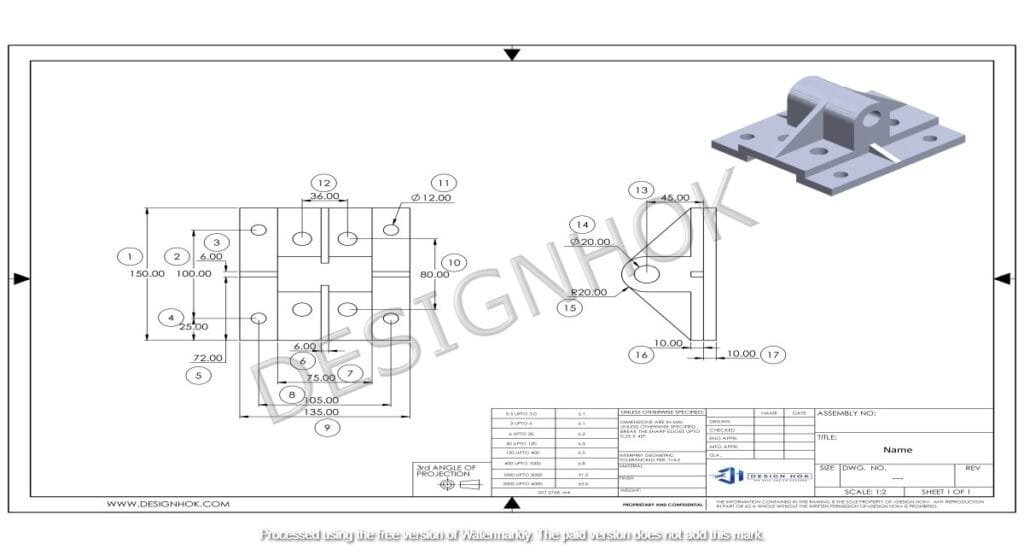
4. Deployment and Support
We provide ongoing support to ensure that our 3D models function seamlessly within AR applications, whether for e-commerce, education, or industrial use.
Industries Benefiting from 3D Modeling for AR Applications
1. Architecture and Real Estate
- View buildings and interiors before construction.
- Allow clients to take virtual property tours.
2. Manufacturing and Engineering
- Inspect mechanical parts before production.
- Provide virtual training on equipment handling.
3. Retail and E-Commerce
- Customers can try furniture, clothing, or accessories using AR.
- Enhances online shopping experiences.
4. Healthcare and Medical Training
- Use AR for anatomy studies and surgical simulations.
- Develop interactive medical training modules.
5. Education and Training
- Create immersive learning experiences.
- Enhance technical training with interactive 3D models.
Conclusion
3D modeling for AR applications is transforming how businesses and industries engage with digital content. By leveraging high-quality 3D models, AR experiences become more realistic, interactive, and effective.
At DesignHok, we specialize in creating optimized 3D models for various AR applications, ensuring seamless integration, performance, and realism. Whether it’s for architecture, product visualization, or training simulations, our expertise in 3D modeling and rendering makes us a trusted partner in AR development.
As AR continues to evolve, DesignHok remains at the forefront, delivering cutting-edge 3D solutions that redefine digital experiences.
Frequently Asked Questions (FAQ)
1. What is 3D modeling for AR applications?
3D modeling for AR applications involves creating digital 3D objects that users can interact with in an augmented reality environment.
2. Why is 3D modeling important for AR?
High-quality 3D models make AR experiences more realistic, allowing users to interact with objects as if they exist in the real world.
3. Which industries use 3D modeling for AR?
Industries like architecture, engineering, retail, healthcare, and education use 3D models in AR for visualization, training, and customer engagement.
4. What software does DesignHok use for 3D modeling?
DesignHok uses Blender, Autodesk Maya, Unity, Unreal Engine, and ARKit/ARCore for creating optimized AR-ready 3D models.
5. How does AR improve product visualization?
AR allows customers to see and interact with products in their real-world environment before making a purchase decision.
6. Can AR 3D models be used on mobile devices?
Yes. Most AR applications run on smartphones and tablets, making AR experiences accessible to a wide audience.


